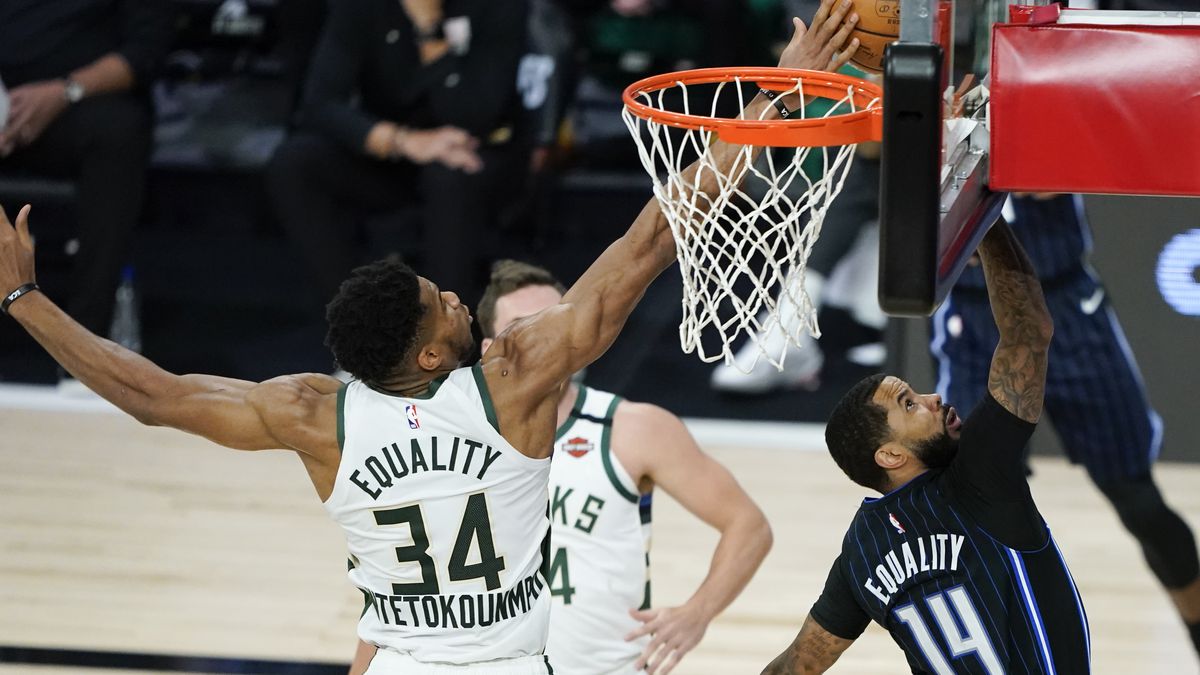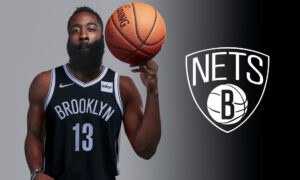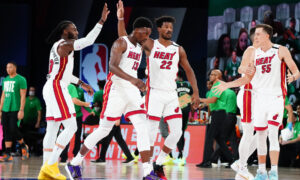The NBA has gone through a turbulent year, to put it simply.
August marks the second month of teams being confined to the Disney “bubble.” Rigorous testing and monitoring of players and staff have kept the outside world at distance to bring the playoffs to life. But this isn’t the only challenge the league has faced this year.
First, the deaths of David Stern and Kobe Bryant shattered the hearts of players and fans. In early March, Rudy Golbert tested positive for COVID-19, resulting in a suspension of the season.
Just over a month after the first players returned, the league was shaken up by a player-led strike in response to the shooting of Jacob Blake by police. As this took place in Wisconsin, it’s perhaps not surprising that the Milwaukee Bucks were the first to respond.
In 2018, Bucks guard Sterling Brown was tased, arrested, and mocked by an officer of the Milwaukee Police Department during a parking dispute. John Henson, former Bucks center and victim of racial profiling at a Milwaukee jewelry store, supported the Bucks in his statement issued to the city of Milwaukee after the team decided not to play Game 5 against the Orlando Magic on August 26.
This is not the first controversial incident of the year. Besides working to handle the pandemic, the league also faced challenges when the general manager of the Houston Rockets posted in support of pro democracy protests in Hong Kong. NBA Commissioner Adam Silver estimates that that single tweet alone lost the league “hundreds of millions,” as reported by the New York Times.
If a tweet can incur hundreds of millions in losses to the NBA, what can a player strike do to the league? Below we examine the NBA’s revenue streams and other factors that pushed the leagues higher-ups to negotiation.
First, let’s talk about fans. According to ESPN, the 2018-2019 season saw an average home game attendance of under 15,000 to just over 20,000 fans. With tickets averaging about $100, this revenue can add up quickly under normal circumstances. Before the 2019-2020 season, the Fan Cost Index increased to $420.65, indicating the increasing average cost of bringing a family of four to a game, though these prices can vary from team to team. However, tickets are just one piece of total Basketball Related Income, an encompassing term for various revenue generators for the league and subsidiaries.
As ticket sales are not the primary revenue source for teams, the cost of organizing the bubble and carrying out the playoffs without fans was manageable. The big money makers are TV contracts such as the NBA’s partnerships with TNT, Disney, and ABC. In 2015-2016, these contracts accounted for an estimated $24 million, plus over $120 million in local contracts.
Spectator-less games have thrown a wrench in the plans of major NBA sponsors such as PepsiCo, who signed a substantial deal with the league in 2015. As an example, the lack of concessions at these games not only impacts Pepsi and subsidiary sales, but games being cancelled and ads not being run would effectively devalue their deals.
In the 2016-2017 season alone, corporate sponsors accounted for about $861 million in revenue. While a lack of fans may not have been preferable for these deals, a lack of playoff games would have been detrimental. Because playoff games were being questioned, so too were the benefits to each company that come from advertising and endorsements. As Ed Desser, president of Desser Sports Media, puts it, playoff games are “disproportionately valuable” for TV stations compared to regular season games, and the financial impact would have been staggering. According to Marc Stein, no playoffs could mean a $1 billion loss and huge cuts to player salaries.
Individual players can place pressure on brands as well. Perhaps the best example of this is Lebron James, who earns millions from sponsorships and has been outspoken about racial justice in meetings and on Twitter. If a brand pulls their endorsement, it will have ramifications for the brand and James’ fanbase.
The player’s strike strained contracts beyond the NBA. Sponsors and other media partners such as ABC, The Walt Disney Company, and Turner Media abstained from commenting as they awaited resolution, reports the NYT.
But the financial punches to the sports world didn’t stop there. Other major sports leagues saw their players and teams witholding performance in solidarity with the players of the NBA, including the W.N.B.A., Major League Baseball, Major League Soccer and professional tennis.
The impacts of the player strike reach far and wide into complex and valuable networks. A relatively short strike by players put millions at stake. Though fans might have lost a few weeks of playoff basketball, that cost would have been minimal compared to the effects on the NBA and associated partners. Each game cancelled, postponed, or adjusted means a lot of money is in jeopardy for a lot of people.
Financial losses and tormented contracts were not the only things at risk during the strike. The players opened the door and shed light upon an unspoken understanding at the heart of American sports. For so many years these players, teams, and leagues have been drivers of emotion, friendship, and motivation for people across the nation and from a variety of backgrounds. Sports have served as a cultural pillar that we have leaned upon for inspiration, discipline, and drive. They have brought us joy, pain, laughter, and contempt. Commentators and star players become household names. Whether you play a sport, love someone who does, or just enjoy the experience of being invested in the risks the games offer, it is the players who carry this spirit in the public eye, and have shown their collective consciousness to their influence on the hearts of America.







